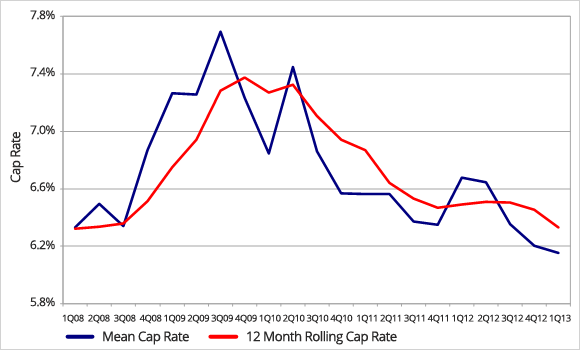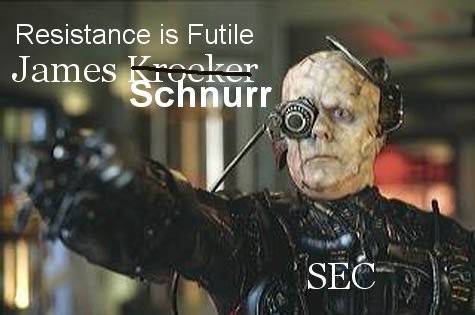The RealtyShares Blog How to Invest like Harvard and Yale
Post on: 31 Май, 2015 No Comment

How to Invest like Harvard and Yale
U.S. University Endowment Funds, such as Harvard and Yale, have been leaders in diversified multi-asset class investing for decades. Through large exposure to alternative asset classes outside of the traditional stock and bond markets, they have consistently achieved attractive annual returns with moderate risk and volatility. For example, even in the face of the 2008 financial meltdown, for the 10 year period ending June 2013 the annualized returns for Harvard and Yale were 9.4% and 11% respectively, 60-75% greater than the returns of a traditional US equity/bond portfolio (i.e. consisting of 60% stocks and 40% bonds) and 32-55% greater than the S&P.
The investment philosophy of these successful investors is simple-diversification . The top 20 Endowment Funds, which include Harvard and Yale, hold only 40% of their portfolio in traditional assets (equities, bonds and cash), with the remainder in alternative assets such as real estate, timber and private equity. Diversification, the principal tenant of Modern Portfolio theory employed vigorously by Harvard and Yale and their high priced Investment Advisors, demonstrates that the risk adjusted returns of an investment portfolio are improved through diversification across assets with varying correlations.
Based on this theory, an investor constructing her own portfolio with a similar asset allocation to Harvard and Yale should achieve similar risk/return characteristics. However, the fact still remains that most investors do not have access to the same resources and investment vehicles as Harvard and Yale. In fact, David Swenson, the long time head of Yales Endowment, has argued that you have no chance of matching Yales market-beating returns. Well that is changing.
New vehicles, such as ETFs and crowdfunding for real estate through platforms like RealtyShares, are emerging to bridge that gap and provide investors with greater access to nontraditional assets such as timber and private equity stocks as well as real estate. By utilizing these resources and applying a similar level of diversification to that of Harvard and Yale, investors can achieve risk adjusted returns that are far superior to those of a traditional stock and bond portfolio.

In fact, by reallocating a traditional 60% stock and 40% bond portfolio to include real estate, investors can reduce volatility and increase returns. That is because private real estate has low or negative correlations with stocks, bonds and even public REITs. Furthermore, real estate also offers the potential to diversify a portfolio geographically and strategically. Each investment in private real estate is unique in terms of location, size, purpose (residential vs. retail vs. industrial, etc.), value and myriad other factors.
Simply put, if you want to invest like Harvard and Yale, diversify beyond stocks and bonds and invest in non-traditional assets like real estate.














